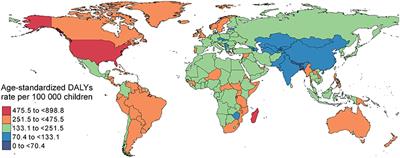EDITORIAL
Published on 16 Mar 2023
Editorial: Difficult and severe asthma in children, volume II
doi 10.3389/fped.2023.1158309
- 1,344 views
11k
Total downloads
47k
Total views and downloads
You will be redirected to our submission process.
EDITORIAL
Published on 16 Mar 2023
SYSTEMATIC REVIEW
Published on 03 Mar 2023
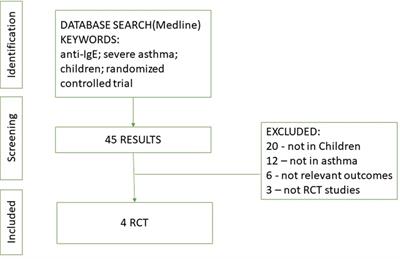
MINI REVIEW
Published on 22 Nov 2022
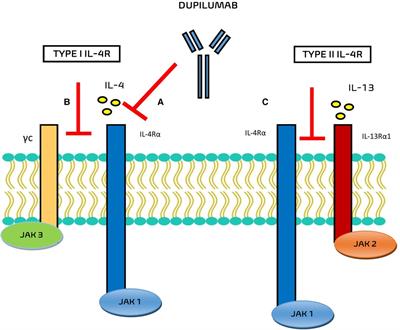
SYSTEMATIC REVIEW
Published on 17 Nov 2022
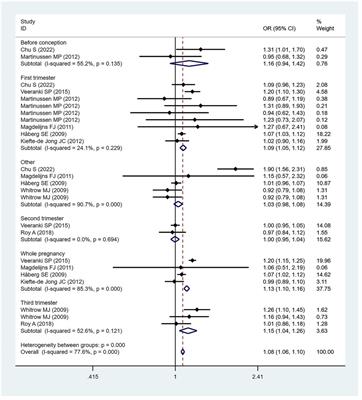
MINI REVIEW
Published on 29 Jul 2022
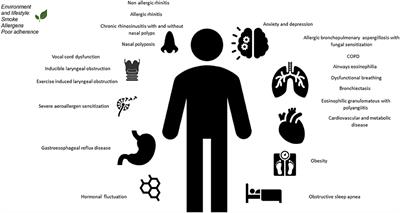
REVIEW
Published on 19 Jul 2022
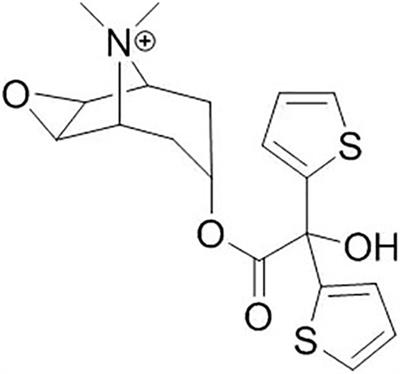
MINI REVIEW
Published on 07 Jul 2022
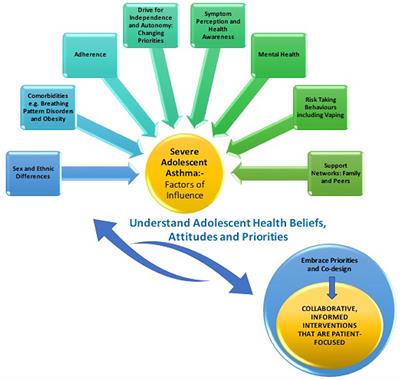
REVIEW
Published on 01 Jul 2022

SYSTEMATIC REVIEW
Published on 29 Jun 2022
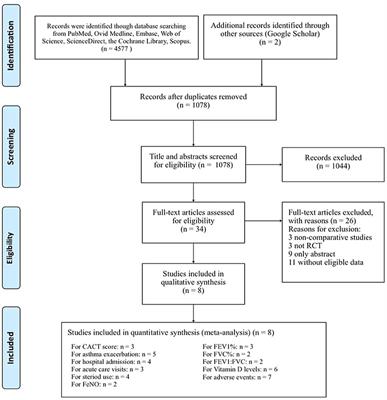
REVIEW
Published on 02 Jun 2022
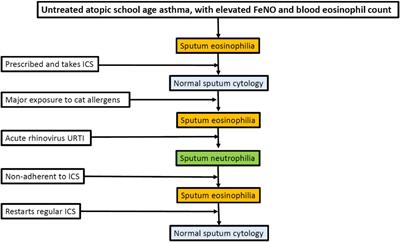
ORIGINAL RESEARCH
Published on 16 Feb 2022
